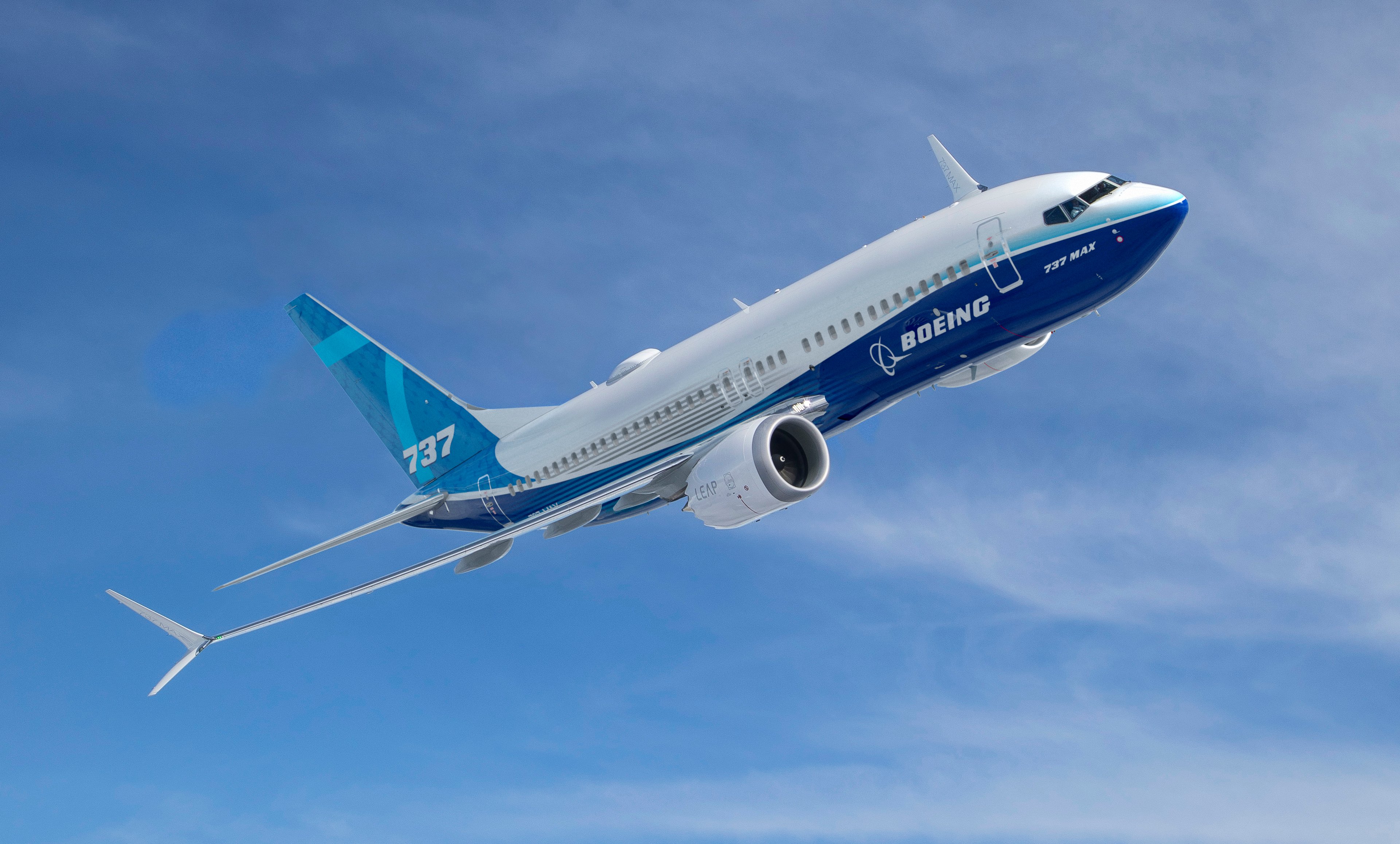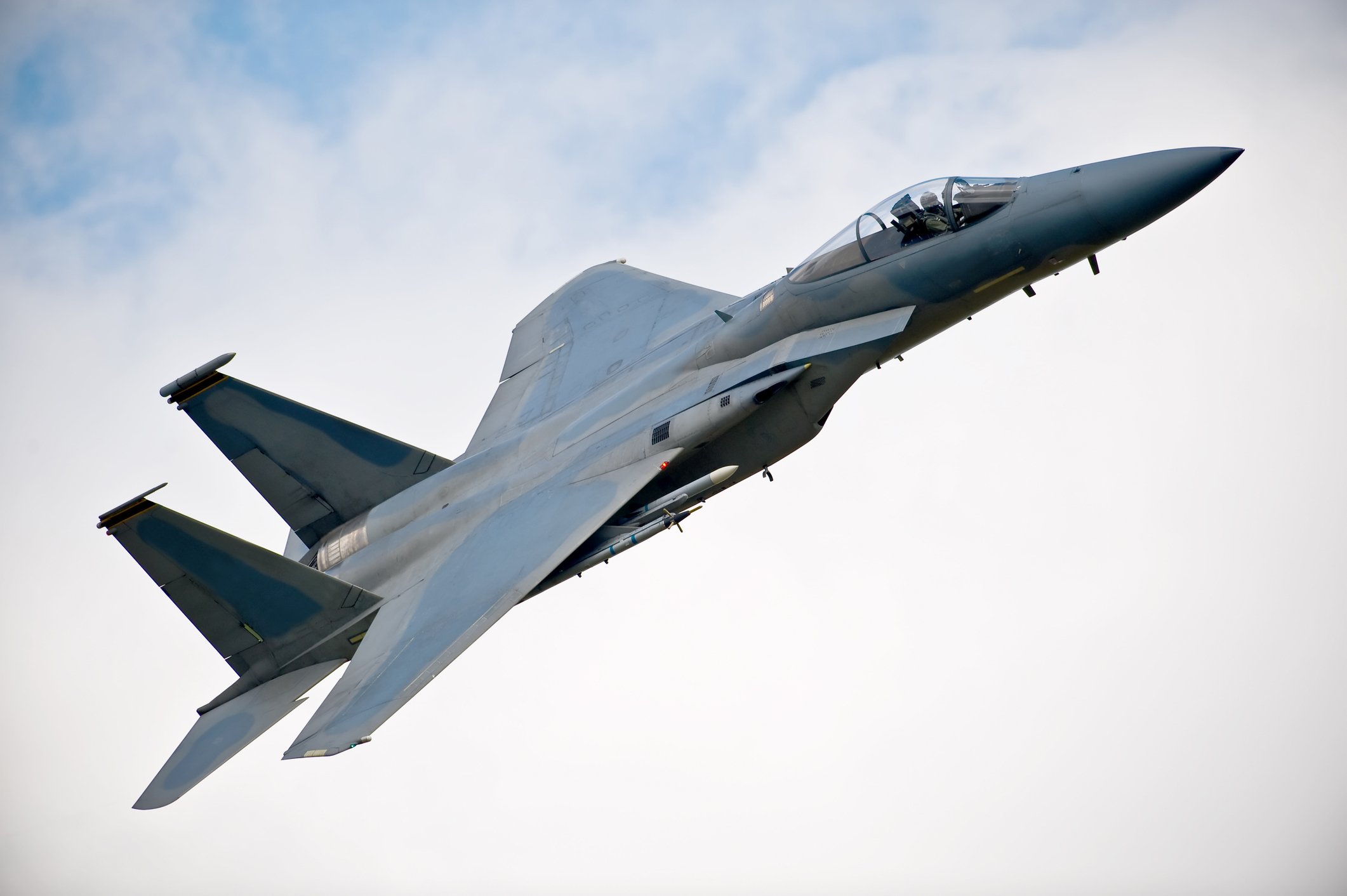Boeing (BA 0.95%) has been one of the top-performing large-cap stocks of the past few years. Since bottoming out in early 2016, shares have more than tripled, thanks to a string of strong quarterly earnings performances and steadily rising forecasts.
In the second quarter of 2018, a pair of earnings charges prevented Boeing from delivering the level of outperformance that investors have become accustomed to. Nevertheless, the aerospace giant posted strong earnings-per-share growth and is well positioned to continue growing its earnings and cash flow in the years ahead.
Q2 by the numbers
Boeing achieved mid-single-digit revenue growth last quarter, driven primarily by strong growth in its defense and services segments. While commercial aircraft deliveries rose by 6% in the second quarter, revenue for that segment inched up just 1%. That was due to a mix shift away from expensive widebody planes -- particularly the 777 family -- toward cheaper 737 family aircraft.
| Metric |
Q2 2018 |
Q2 2017 |
Year-Over-Year Change |
|---|---|---|---|
|
Revenue |
$24.3 billion |
$23.1 billion |
5.2% |
|
Commercial airplanes deliveries |
194 |
183 |
6% |
|
Core operating margin |
9.9% |
9.4% |
N/A |
|
Free cash flow |
$4.3 billion |
$4.5 billion |
(4.6%) |
|
Core EPS |
$3.33 |
$2.49 |
33.7% |
|
Total order backlog |
$488 billion |
$482 billion |
1.2% |
Data source: Boeing Q2 earnings releases. Chart by author. Note: Backlog figures are not fully comparable due to recent accounting changes related to recognizing contractual backlog.
Despite the unfavorable mix shift, Boeing's commercial airplanes segment operating margin rose to 11.4% from 9% a year earlier. The improving profitability of the 787 Dreamliner program was a big part of that margin increase. This allowed Boeing to offset modest margin pressure in the defense and services segments and increase its core operating margin to 9.9% last quarter.
A sharp drop in Boeing's effective tax rate (related to corporate tax reform) and the company's share repurchase activity together enabled core EPS to surge 34% to $3.33.
Meanwhile, free cash flow declined modestly after having nearly doubled in the year-ago period. Boeing's $4.3 billion of free cash flow was still very strong by historical standards. Boeing used this cash to pay $1 billion of dividends and buy back $3 billion of stock.

Rising production is allowing Boeing to generate lots of free cash flow. Image source: Boeing.
Earnings charges ding the results
Earlier this month, Boeing revealed that it would record a $124 million ($0.21 per share) after-tax charge related to losing a court battle with Spirit Aerosystems. The analyst EPS estimate for Boeing subsequently dropped from $3.47 to $3.26.
Boeing beat this updated analyst consensus by $0.07. This was a remarkable achievement, because the company also recorded a second -- and even larger -- earnings charge last quarter, which it hadn't previously disclosed. Boeing took yet another charge related to cost growth for its KC-46 military tanker program. The $418 million pre-tax charge reduced core EPS by $0.57. Otherwise, Boeing would have surpassed analysts' estimates by a wide margin.
The good news is that the development stage of the KC-46 program is finally drawing to a close. Boeing will start delivering planes to the U.S. Air Force later this year. This should bring an end to the unexpected charges and enable the program to start generating cash for Boeing.
Looking ahead
In conjunction with the earnings report, Boeing raised its full-year revenue forecast by $1 billion, with the defense and services segments contributing equally to the guidance increase. The company now expects to generate revenue of $97.0 billion to $99.0 billion this year.
Boeing also modestly raised its margin forecast for the commercial airplanes segment. However, it reduced its margin forecast for the defense segment, due to the extra KC-46 program costs. On a companywide basis, Boeing's EPS and cash flow forecasts did not change.
That said, the longer-term outlook continues to improve -- although the threat of a trade war remains an ever-present risk. Boeing captured 460 net aircraft orders in the first half of 2018, including a solid mix of widebodies, outpacing its 378 deliveries. Furthermore, it announced more than 500 new firm orders and commitments at last week's Farnborough Airshow. This positions Boeing for long-term growth in production, revenue, earnings, and cash flow.
Following the earnings report, Boeing stock slumped about 2% as of 12:30 p.m. EDT on Wednesday. But given Boeing's stellar underlying profit growth -- and its rising backlog, which will support further growth -- there's no reason for long-term investors to worry.






